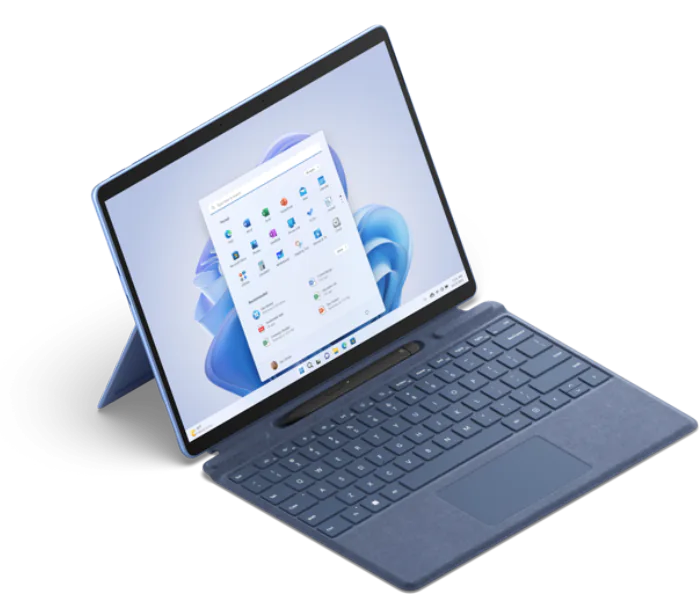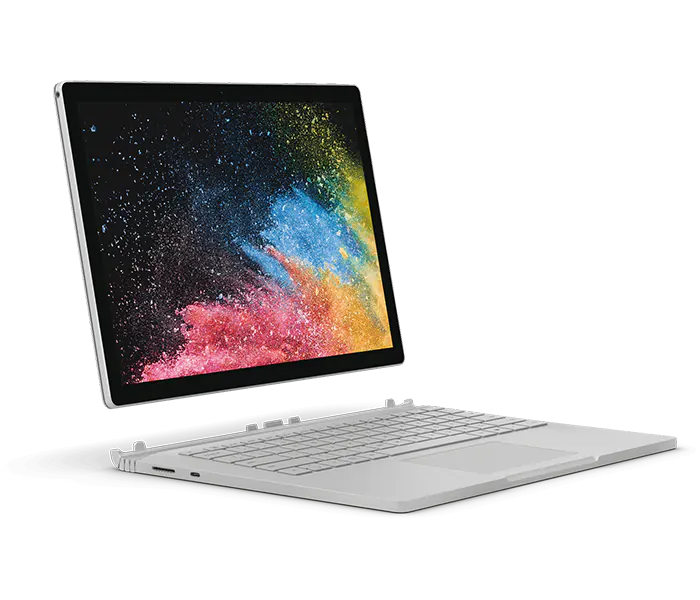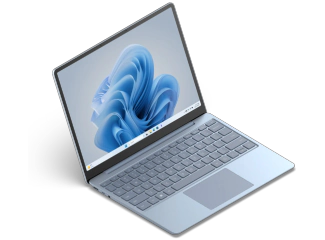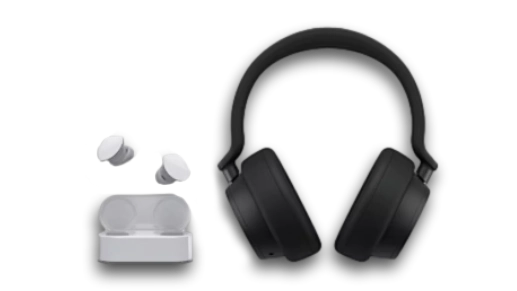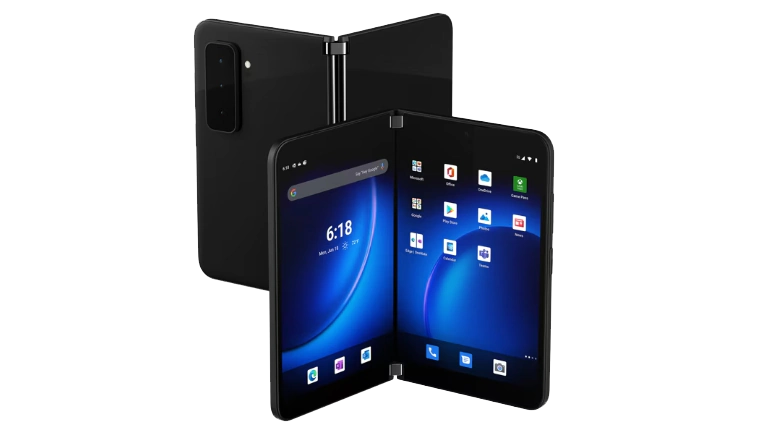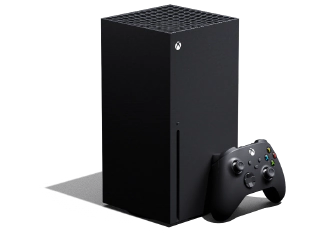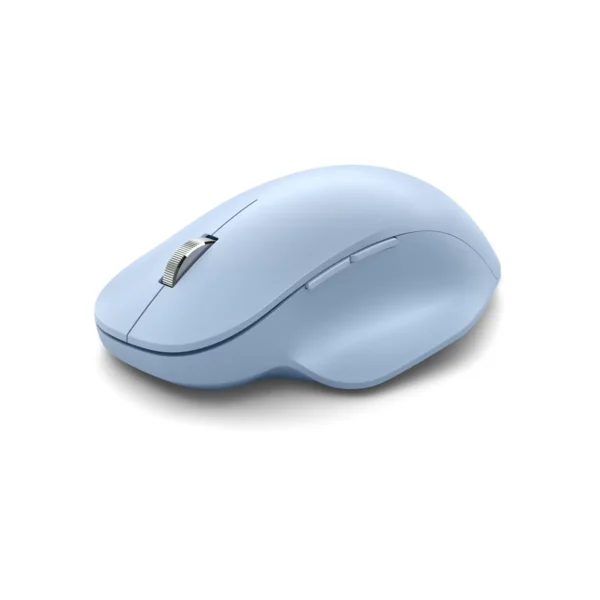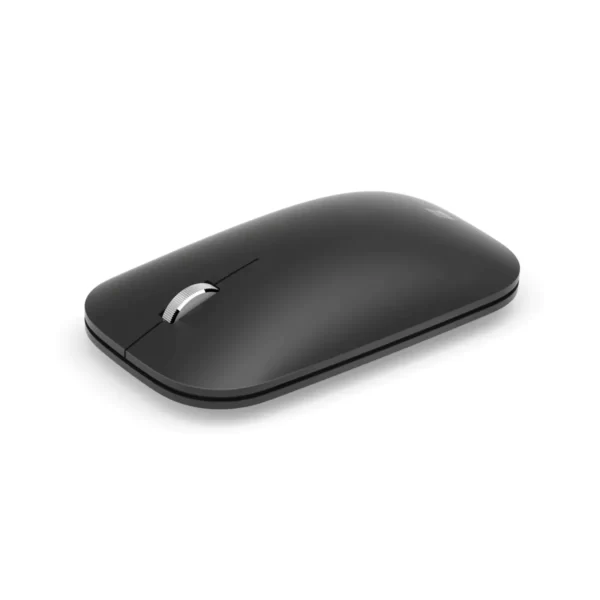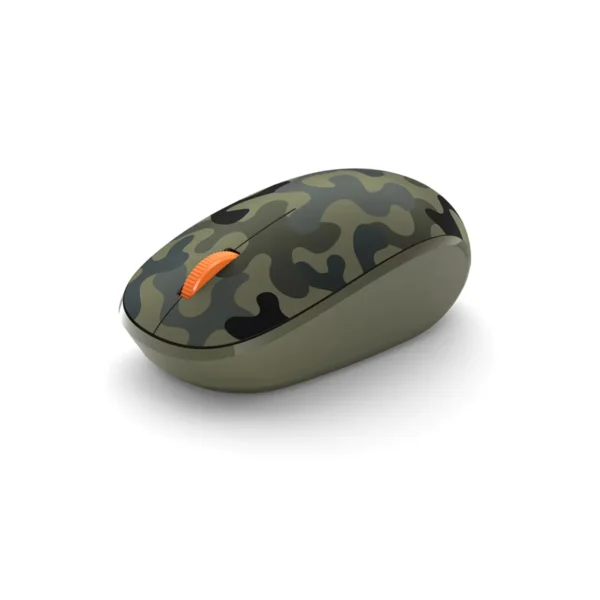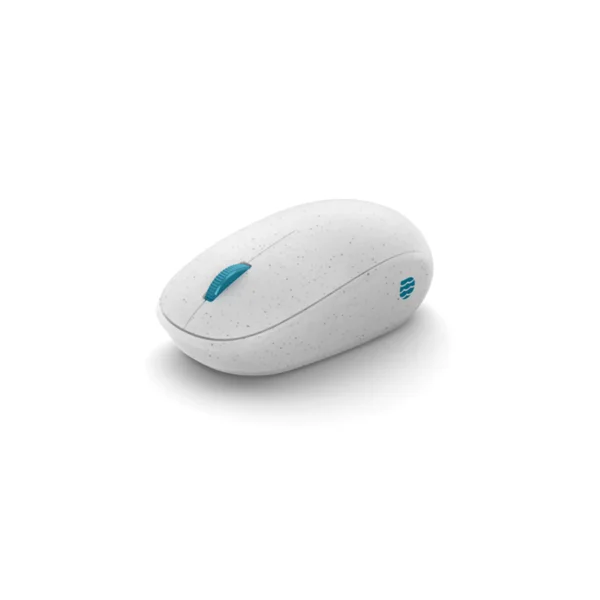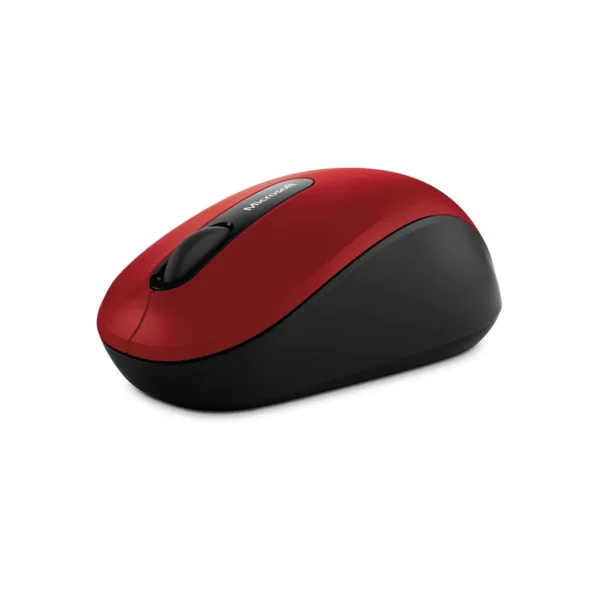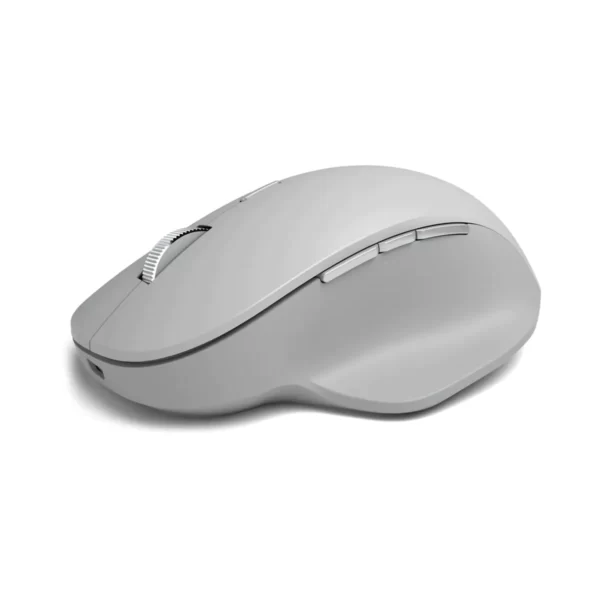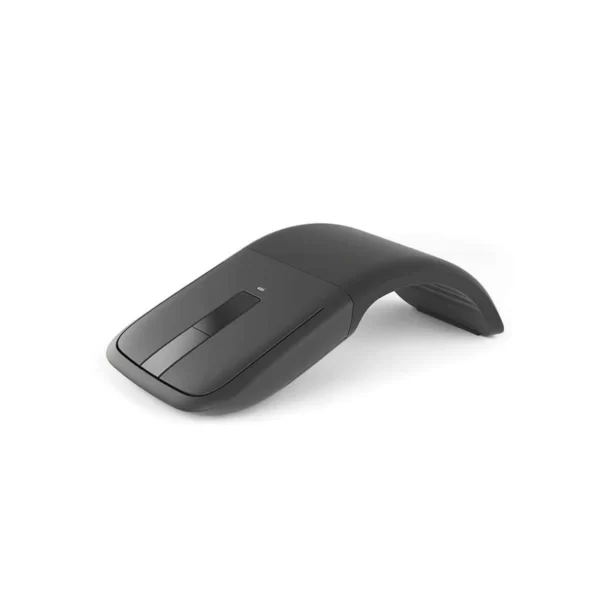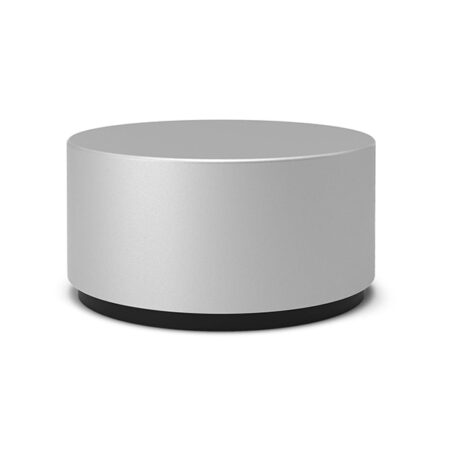ماوس سرفیس
نمایش دادن همه 9 نتیجه
ماوس سرفیس مایکروسافت انواع مختلفی دارد اعم از ماوس سرفیس آرک 2017 و ماوس آرک تاچ که به راحتی و قابلیت تا شدن معروف هستند و مدل های دیگر …
ماوس سرفیس آرک
ماوس سرفیس آرک یک ماوس دو منظوره است، اما برای استفاده های دیگر مناسب نیست. قابلیت حمل بسیار خوبی را ارائه می دهد، با طراحی سبک و جمع و جور، و از اتصال بلوتوث پشتیبانی می کند، بنابراین لازم نیست نگران گم شدن گیرنده باشید. خیلی راحت است، اما اگر دستهای بزرگی دارید، ممکن است کمی کوچک باشد. متأسفانه، این ماوس چندان مناسبی برای بازی نیست، زیرا تأخیر کلیک بسیار بالایی دارد و تنها یک دکمه قابل برنامه ریزی دارد.
ماوس آرک مایکروسافت طراحی بسیار منحصر به فردی دارد.به راحتی قابل حمل و جای به جایی است و در هر کیفی جای میگیرد و قابلیت روشن شدن سریع آن روی هیچ ماوس دیگری که تا کنون بررسی کرده ایم آزمایش نشده است. از طریق بلوتوث به منبع شما متصل می شود و برای کار به باتری های AA نیاز دارد. این یک انتخاب عالی برای کار با بهره وری سبک و مرور روزمره است.
با این حال، تأخیر کلیک به طور قابل توجهی بیشتر از اکثر ماوس ها است و حداکثر تنظیمات CPI و نرخ نظرسنجی آن بسیار پایین است، بنابراین انتخاب مناسبی برای بازی کردن نیست.مشاهده ی سایت رسمی مایکروسافت سرفیس : microsoft surface، و اگر برای گیم و بازی میخواهید از سرفیس آرک استفاده کنید ترجیحا باید دور ماوس سرفیس آرک رو خط بکشید.
ماوس سرفیس آرک تاچ
ماوس سرفیس موبایل مایکروسافت
تعداد بسیار کمی از ماوس ها به نازکی ماوس موبایل مدرن مایکروسافت هستند. مشاهده و خرید سرفیس لپ تاپ : سرفیس لپ تاپ،اکثر مدل های معمولی حداقل دو برابر ضخامت دارند. بسیاری از آنها نیز بسیار سنگین تر هستند. صرف نظر از این، این همان اندازه است که تفاوت را در دوست داشتن یا عدم علاقه شما ایجاد می کند. البته موارد دیگری هم هست که باید در نظر گرفت. برچسب قیمت نسبتا پایینی دارد.
حتی اگر به پد ماوس نیاز داشته باشد به خوبی کار می کند و از نظر ویژگی کمی سبک است. اگر ماوس های نازکتر مشکلاتی را برای شما ایجاد میکنند.
Microsoft surface arc mouse
The Microsoft Arc Mouse is a good ambidextrous travel mouse, but it isn’t well-suited for other uses. It offers excellent portability, with a lightweight, compact design, and it supports Bluetooth connectivity, so you don’t have to worry about losing a receiver. It’s decently comfortable, but might be a bit too small if you have extra-large hands. Unfortunately, this isn’t a very good mouse for gaming, as it has very high click latency and only one programmable button.
The Microsoft Arc Mouse has a very unique design. It’s good for travel, and its snap-to-power-on feature hasn’t been tested on any other mice we’ve reviewed so far. It connects via Bluetooth to your source and needs AA batteries to work. It’s a great choice for light productivity work and everyday browsing. However, the click latency is significantly higher than most mice, and its max CPI settings and polling rate are very low, so it isn’t a suitable choice for gaming.
For other options, see our recommendations for the best wireless gaming mouse, the best wireless mouse, and the best gaming mouse.
Microsoft surface arc touch mouse
The Microsoft Arc Touch Mouse Surface Edition ($69.99) is sold as an accessory for the company’s Surface line. Clad in the same “dark titanium” (which as far as I can tell is a fancy word for black) as Microsoft’s convertible tablets, this stylish, compact, portable mouse is a worthy companion for any Surface tablet. I’ll let you in on a secret, though: It works just as well with most other Bluetooth-enabled computers.
Two things make the Arc Touch Mouse ($69.99 at Amazon)(Opens in a new window) a good accessory for a Microsoft Surface tablet. First, the Surface is a device in need of a mouse. Particularly in its first two iterations, its touchpad is puny, and the capacitive touch sensor that it has in lieu of mouse buttons is not particularly sensitive. The second is that the Arc Touch Surface connects via Bluetooth, which frees the tablet’s single USB port for some other device. That makes it a much better choice for use with a Surface than the original Microsoft Arc Touch , whose wireless dongle requires a USB port.
The device measures 0.6 by 2.3 by 5.1 inches (HWD) and weighs just 2.3 ounces. It takes two AA batteries that fit in a compartment underneath. When the mouse is turned off, its top is perfectly flat. To power it on, you flex the end nearest you downward, which causes the middle to arch upward; hence, the “arc” in the product’s name. This creates a comfortable curve around which to cradle your palm and fingers. To power the mouse off, you just fold it flat again.

